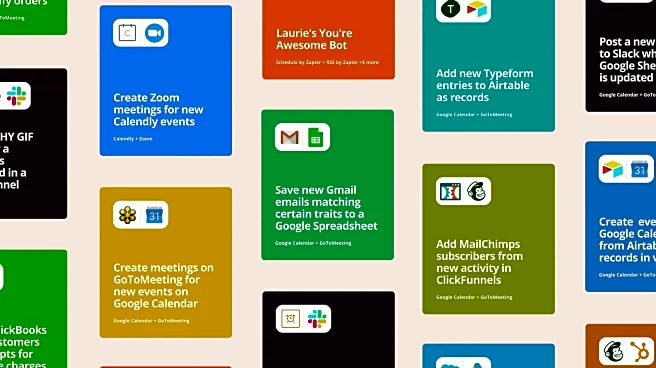Rapid Read • 8 min read
Grammarly has unveiled a new document-based interface, developed following its acquisition of the productivity startup Coda. This interface includes several AI tools aimed at improving writing for students and professionals. The new design adopts a block-first approach, allowing users to insert tables, columns, separators, lists, and headers, along with rich text blocks for highlighting information. A sidebar hosts an AI assistant capable of summarizing text, answering questions, and providing writing suggestions. Additional AI tools include 'Reader Reactions' for feedback based on reader personas, 'Grader' for feedback aligned with instructor guidelines, 'Citation Finder' for generating citations, and 'Paraphraser' for modifying text tone. Grammarly has also introduced agents to detect plagiarism and AI-generated content, although the accuracy of these tools can vary.
AD
The introduction of these AI features by Grammarly is significant as it reflects the growing integration of artificial intelligence in educational and professional settings. By providing tools that assist in writing and detect AI-generated content, Grammarly is addressing both the opportunities and challenges posed by AI in academia. This development could impact how students and professionals approach writing tasks, potentially improving efficiency and accuracy. Moreover, the ability to detect AI-generated content is crucial in maintaining academic integrity. As AI continues to evolve, tools like Grammarly's could play a pivotal role in shaping how individuals interact with technology in their daily tasks.
Grammarly's focus on expanding its AI capabilities suggests further developments in its product offerings. The company has expressed a 'moral imperative' to educate students on using AI effectively, indicating potential future initiatives aimed at integrating AI education into its platform. Additionally, Grammarly's recent acquisition of email client Superhuman and its $1 billion funding from General Catalyst for acquisitions and marketing efforts signal possible expansions in its AI-driven services. As AI becomes more prevalent, Grammarly may continue to refine its tools to balance the benefits of AI assistance with the need for authenticity in writing.
The ethical implications of AI in writing are complex, as tools that assist in creating content can also blur the lines of authorship. Grammarly's approach to detecting AI-generated content highlights the importance of transparency and accountability in digital communication. As AI tools become more sophisticated, the challenge will be to ensure they are used responsibly, without compromising the originality and integrity of written work. This development also raises questions about the future of education and how institutions will adapt to the increasing presence of AI in learning environments.
AD
More Stories You Might Enjoy











